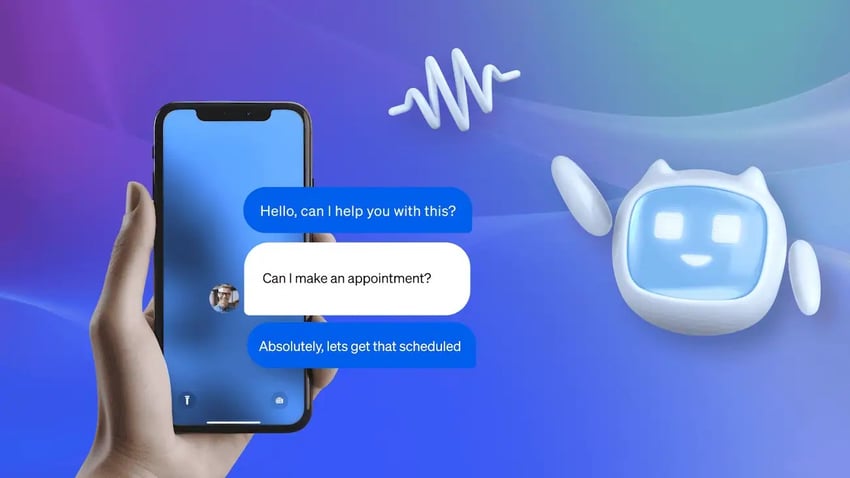Frustrated customers and plummeting satisfaction ratings. That’s the harsh reality for businesses without a solid call center strategy.
Call centers remain a crucial touchpoint for businesses to connect with customers. However, long wait times, frustrated callers, and agent burnout can paint a negative picture.
This is where a well-defined call center strategy comes in. It’s your roadmap to an optimized call center that excels in efficiency, customer experience, and agent well-being.
This guide will walk you through crafting a winning call center strategy that balances both customer experience and employee experience and propels your business forward. But first….
What Is a Call Center Strategy & Why Do You Need One?
A call center strategy is a blueprint for your contact center, outlining how your agents will handle customer interactions, how your team will be managed, and how you’ll measure progress toward specific goals.
A well-documented call center strategy leads to better training, smoother interactions, and faster resolutions, resulting in a happier customer base (think: 74% of consumers who’re likely to buy based on experiences alone).
Clear goals and direction keep agents engaged and reduce call center turnover, while efficient processes and proactive planning prevent wasted time and money.

So, why do some businesses wing it? Common reasons include:
- Misunderstanding the value: They underestimate a strategy’s impact on their bottom line.
- Feeling overwhelmed: Day-to-day operations can feel all-consuming, leaving strategic planning on the back burner.
- Lack of awareness: They might not be aware of the significant benefits of a call center strategy.
Colin Taylor, a customer experience expert at The Taylor Reach Group, suggests most businesses create a call center for these reasons:

“There can be many reasons for an organization to decide it is time to create a call center or contact center. Perhaps organic growth, a new product, service, or acquisition is resulting in calls swamping the switchboard, or customers are tracking down the administrative offices to trace an order, or email volumes are surging and going unanswered?”
Does this resonate?
If so, take a step back from your day-to-day. Let’s focus on planning out, managing, and optimizing your call center operations better.
How To Build a Successful Call Center Strategy
While success might look different for various business units, a truly successful call center goes beyond simply exceeding customer expectations. It should also optimize agent workflows and contribute to the overall business strategy.
Here’s how to get started with your contact center strategy to bridge the gap between where you are and where you want to be.
1. Define your purpose
Your purpose isn’t just to serve your customers but also to maintain the highest standards for call center employees so they can strengthen customer relationships and keep churn low.
Sometimes, you’ll need to adjust the vision for your contact center. Traditionally, business leaders view it as a cost center, such as classic customer support. But the closer you get to revenue, you’ll earn a bigger budget and spark more creativity.
For inspiration, here are several ways call centers can increase revenue:
- Proactive and reactive customer retention
- Upsells and cross-sells following support interactions
- Win back former customers
- Capture customer referrals
- Generate positive customer reviews

Once you have clarity of your purpose, you can gauge customer needs and align both well.
2. Understand customer needs
Imagine a customer reaching out to your call center, frustrated and confused. They’ve been on hold for what feels like forever, shuffled between departments, and still haven’t gotten a straight answer. This is the exact scenario a well-crafted call center strategy aims to avoid.
The very first step to achieving call center success is understanding your customers’ needs and expectations. This isn’t just about resolving their immediate inquiry; it’s about creating a positive and personalized experience that fosters trust and loyalty.
Here are some effective ways to gauge the sentiment of your customer base.
- Become a customer yourself: Walk a mile in your customer’s shoes. Navigate your interactive voice response (IVR) system, explore your self-service options, and even contact your call center directly with a common question. This firsthand experience will expose any pain points or areas where the customer journey could be smoother.
- Use surveys: Craft targeted surveys that ask customers about their recent call center experience. Go beyond simple satisfaction ratings and delve deeper. What aspects of the interaction were helpful? Where did they encounter frustration? Open-ended questions can provide valuable insights you might not have considered.
- Dive into social media sentiment: Look for mentions of your brand, both positive and negative. What are customers saying about their interactions with your call center? Are there recurring themes or areas for improvement? By actively monitoring social media, you can identify potential issues before they snowball.
- Listen to your call recordings: Listen back to anonymized interactions to identify common customer queries, agent strengths and weaknesses, and areas where scripts or training materials could be improved.

A comprehensive understanding of your customer base and their experience with you lays the groundwork for crafting a customer-centric contact center strategy.
3. Set goals & align with customer needs
Once you’ve identified your customer needs, it’s time to establish clear goals for your call center. These goals should be specific, measurable, achievable, relevant, and time-bound (SMART).
Specific: Vague goals like “improve customer satisfaction” lack direction. Instead, define a specific target metric. This could be aiming for a 10% increase in Customer Satisfaction Scores (CSAT) within the next quarter.
Measurable: How will you track progress toward your goals? Identify quantifiable metrics to gauge success. In the previous example, CSAT scores provide a measurable way to track customer satisfaction.
Achievable: Be ambitious, but also realistic. Don’t set goals completely out of reach for your team or resources. Aim for a challenging but attainable target that motivates your agents.
Relevant: Ensure your goals align with your overall business objectives. Are you aiming to reduce customer churn, boost sales through upselling, or improve brand loyalty? Align your call center goals with these broader business priorities.
Time-bound: Set a specific timeframe for achieving your goals. This creates a sense of urgency and allows you to track progress over time. Perhaps you aim to achieve a 10% CSAT increase within the next quarter.
While setting SMART goals is crucial, don’t operate in a vacuum. Understanding and aligning your goals with customer needs is paramount.
- Gather customer feedback: Use surveys, post-call satisfaction ratings, and social media insights to understand customer pain points and desired outcomes.
- Analyze call recordings and transcripts: Identify frequent customer issues and areas where agents struggle.
- Focus on resolution rates and first contact resolution (FCR): Empower agents to effectively resolve issues on the first call, reducing customer frustration and repeat calls.
Setting SMART goals tightly coupled with customer needs enables your call center to become a strategic asset, driving customer satisfaction, loyalty, and business growth.
4. Structure your call center
Having the right structure in place is key. You’ll need agents with the knowledge and skills to solve customer problems, team leads to provide guidance, and quality assurance specialists to ensure everyone’s on the same page.
While the term “hierarchy” may have negative connotations, a well-defined structure provides the necessary framework for a call center to operate efficiently.
A typical call center structure consists of various roles, each with specific responsibilities:
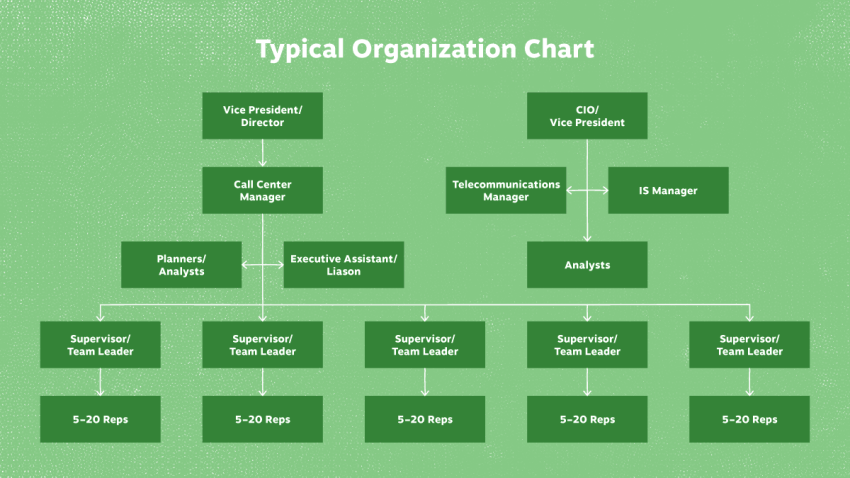
- Call Center Agent – The frontline employees who handle incoming calls, emails, chats, and other customer interactions.
- Team Lead – Provides day-to-day guidance and coaching to a team of agents. Ensures the team adheres to policies and meets performance metrics.
- Call Center Manager – Manages a group of team leads and oversees the operations of a call center department or site.
- VP of Customer Service – A senior executive who is responsible for the strategy and performance of the entire customer service organization.
- Call Center Director – Leads all aspects of call center operations, including workforce management, quality assurance, training, and more. Reports to VP.
- Data Analyst – Analyzes call center data to uncover insights and opportunities for improvement. Provides reports and recommendations.
- QA Analyst – Monitors call center interactions to ensure adherence to policies and standards. Provides feedback and coaching.
- Workforce Management – Forecasts call volumes and schedules agents to meet service levels and ensure adequate staffing.
- Call Center Operations Manager – Responsible for day-to-day oversight of workflows, policies, technologies, and facilities.
- Team Trainer – Develops and delivers training programs to ensure agents are skilled in systems, processes, and policies.
These roles may have different titles depending on the organization. For example, the terms “analyst” and “manager” have evolved to become “Quality Assurance Manager” in some cases. Senior agents may be assigned quality assurance tasks, such as listening to recorded calls for training purposes.
Your call center hierarchy doesn’t have to be rigid. Create a structure that aligns with your goals and needs without overwhelming your employees with designations and reporting lines.
Related: Call Center Performance Management Methods for Agent Success
5. Train & empower your agents
Providing effective call center training is key to running a successful call center.
Equipping your agents with the right knowledge, tools, and a culture of empowerment cultivates a confident and capable call center team. This translates to enhanced customer experiences, improved call resolution rates, and reduced call center churn.
Invest in your agents, and they’ll invest in your call center’s success. Here’s a focused approach to follow:
- In-depth product knowledge: This is the foundation. Dedicate ample time for agents to learn your products inside and out. This builds confidence when interacting with customers and establishes trust through genuine expertise.
- Call control best practices: Software is constantly evolving, so provide comprehensive training on using your call center platform effectively. Cover everything from handling warm and cold transfers to setting up conference calls. The goal is to eliminate issues like misdirected calls or accidental disconnects.
- Training mix: Offer a diverse training mix, including formal classroom sessions, informal peer-to-peer learning, accredited certifications, and in-house programs tailored to your specific services.
- Listening to recorded calls: Use call recordings to identify areas for improvement. Call center analytics pinpoint unnecessary silence, knowledge gaps, excessive hold times, incorrect information, or repetitive questioning. These findings go into personalized development plans but also highlight areas where agents excel and foster open communication.
- Live monitoring: With customer permission, monitor calls in real-time to provide coaching or take over if needed. Ensure you fully understand the customer’s needs before intervening to avoid extending the resolution process.
- Formal escalation procedures: Document and regularly update escalation processes so agents can calmly explain the steps to customers and transfer them to the appropriate person, whether it’s a team leader, billing specialist, or product expert.
- Up-to-date documentation: Every department will have designated owners who refresh escalation protocols and routing information monthly. Also, maintain a log of changes to ensure agents have access to the most accurate information for confident customer interactions and seamless call transfers.
As staff progress in their career, their development becomes crucial to the success of your call center. Make sure you factor individual career progression into your call center strategy.

“If an agent has to represent a new brand or product, they would need to get trained in the culture of the brand or specifics of the product.
Customer service teams also often perform different types of services (e.g., customer care, tech support or help desk, sales, marketing, market research, collections) and thus need training in those as needed.”Sebastian Menutti
Think about incentives to keep people on the right track daily and at monthly or quarterly intervals.
When you invest in your team member’s success and give them autonomy to do right by the customer, they’ll likely do what’s best for the organization.
You might employ team-level gamification or create a bonus structure based on maintaining constant customer service.
6. Use the right technology
It’s no use putting the above training into practice if your technology doesn’t live up to your standards. You can have the best agents in the world, adhering to world-class processes, but if your technology fails you, it’s all for nothing.
Evaluating contact centers? Get the buyer’s guide.
This guide reveals the five pillars of a modern platform, key questions to ask, and red flags to avoid.
Look out for these areas that suggest your technology is hindering your call center’s performance:
☎️ Call quality issues
If callers keep disconnecting abruptly, it’s likely not intentional on their part. While some frustrated customers might hang up and redial, others experience technical difficulties on your end.
This could manifest as distorted audio or periods of silence when a caller seems to be speaking. These issues point to deficiencies in your telephony equipment. Upgrading to a business-grade VoIP phone system can significantly improve call quality.
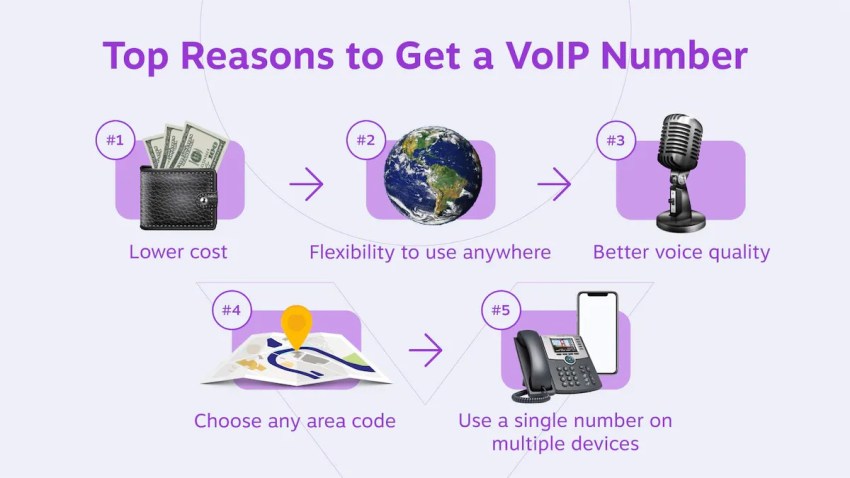
⚙️ System preferences
Customers expect immediate access to their account details upon calling in. If you frequently have to apologize for slow system loading times while retrieving information, it puts your agents at a disadvantage.
Regularly reviewing both your internet connectivity and internal network performance is crucial. Optimizing these aspects improves overall call center efficiency and reduces troubleshooting time.
❌ Disjointed customer experience
Customers reaching out via email or web chat and then following up with a phone call shouldn’t have to explain their situation repeatedly to different agents. An ideal scenario involves a unified customer experience.
Equipping agents with customer interactions across various channels (even if they don’t manage all channels themselves) empowers them to provide seamless and efficient service.
This omnichannel approach might not be feasible for call centers in the early planning stages, but it’s the best solution for streamlining the customer experience, especially if these situations arise frequently.
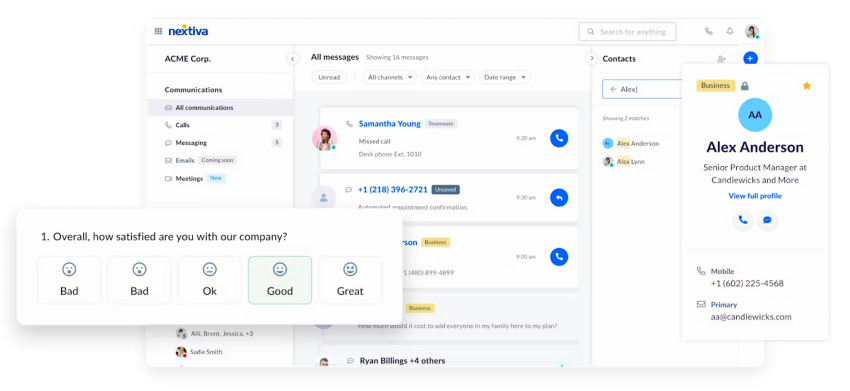
Where does your CX strategy stand with AI?
Take the AI Maturity assessment to get personalized recommendations on how to enhance your CX.
7. Optimize your call center operations
Once you’ve established an existing or desired structure and trained your agents, optimizing call center operations is an ongoing effort.
Here’s how to optimize your call center operations well for efficiency and satisfaction:
📊 Make data-driven decisions
Don’t manage your call center in the dark. Track key metrics like call volume, wait times, and customer satisfaction scores.
Analyze this data to identify bottlenecks and areas for improvement. For example, use it to forecast call volume and ensure you have the right number of agents available at peak times.
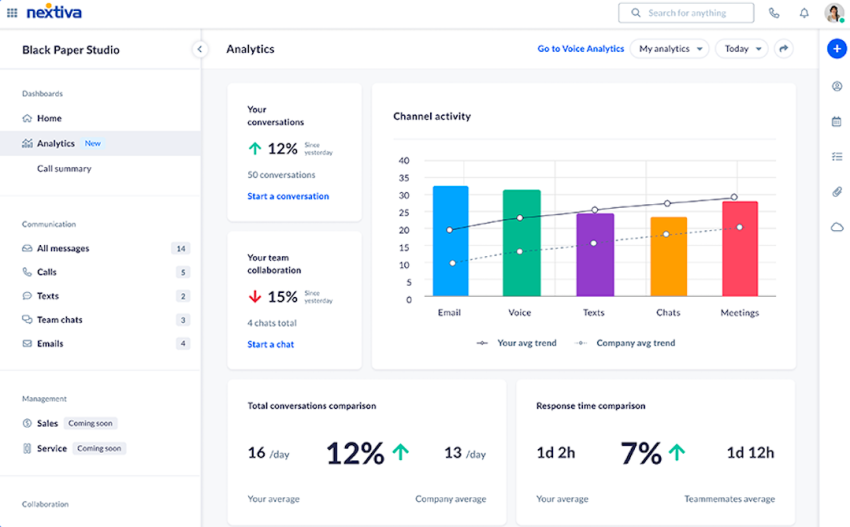
✅ Empower your agents for success
Invest in user-friendly technology like CRM software, a knowledge base for quick access to information, and contact center solutions with advanced features and capabilities.
Provide ongoing training to keep agents up-to-date on products, services, and best practices for handling customer inquiries. Most importantly, give agents the authority to resolve customer issues without unnecessary escalations.
💡Focus on the customer experience
Give your customers options. Offer online resources like FAQs, chatbots, or knowledge bases so they can find answers to simple questions without needing to call.
Use clear and concise IVR menus to efficiently route calls to the appropriate department or agent. Reduce hold times by implementing call-back options or prioritizing calls based on urgency.
Finally, personalize interactions whenever possible using customer data to provide a more relevant experience.
📈 Continuously improve
Regularly solicit feedback from both customers and agents. Customer surveys and social media sentiment analysis can reveal areas for improvement.
Encourage agents to share their feedback as well. This will help you identify issues with processes, technology, or even training needs.
Stay on top of the latest call center technologies that further streamline operations and enhance the customer experience.
8. Measure success
Just like any other business function, a call center’s effectiveness hinges on its ability to track and measure success.
Vague notions of “good customer service” won’t cut it. You need to define and monitor key call center metrics that tell you if your call center strategy is on target.
- Track customer satisfaction: Track metrics like Net Promoter Score (NPS) obtained through surveys or after-call interactions. NPS measures customer loyalty and their likelihood to recommend your business to others. A high NPS score indicates a customer base that is not only satisfied but also enthusiastic about your brand. Focus on delivering exceptional service experiences to increase your NPS score and turn happy customers into brand advocates.
- Focus on efficiency: How quickly are calls being answered? This is reflected in the Average Speed of Answer (ASA) – the time it takes to connect a caller to an agent. Another key metric is First Call Resolution (FCR) – the percentage of calls where the customer’s issue is resolved on the first interaction. High FCR indicates efficient problem-solving and reduces customer frustration.
- Monitor agent performance: Track metrics that go beyond just the number of calls handled. Look at Average Handling Time (AHT) – the average time spent on each call. AHT can be impacted by the complexity of issues or agent skill level. It’s important to find a balance between efficiency and providing thorough customer service.
- Focus on employee retention: Agent turnover can be costly and disrupt operations. Track metrics like absenteeism and call center churn rate. Invest in employee satisfaction surveys to improve the work environment or training. Happy agents translate to better customer experiences.
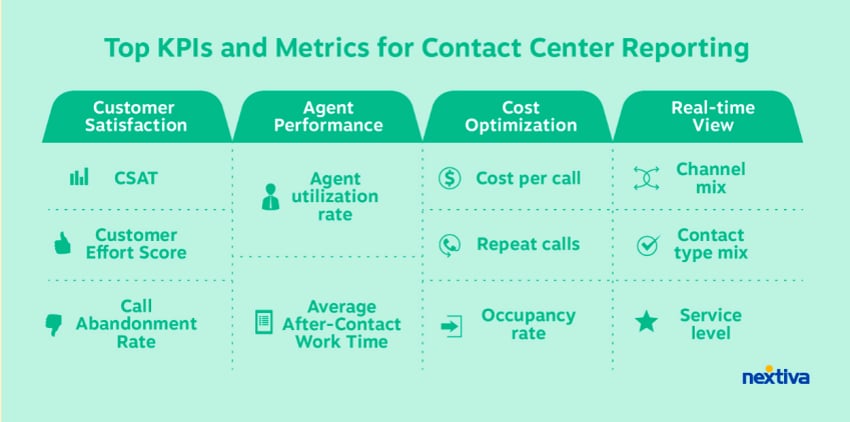
Related: How to Spot Call Center Absenteeism and Fix It
Running a Successful Call Center: Best Practices
Effective call center management is the foundation for implementing call center best practices. It ensures you have a structured environment where agents are empowered to deliver a great customer experience.
1) Invest in employee engagement
The resounding theme here is to put your employees at the forefront of your call center strategy.
The logic is simple, and you can apply it to almost any routine task.
Think about it. If you enjoy your work, you’re more likely to focus and drive better results.
It could be surfing, soccer, swimming, or sewing. Regardless of the task, agent performance will skyrocket when agents are engaged in what they’re doing.
Make sure your call center onboarding and training plans focus on the business and the person by asking your agents what they need from you.
2) Act on customer feedback
It’s not just employees you should ask for feedback. The voice of the customer is the most valuable data that needs to be considered.
It’s one thing to create a training plan. It’s another to tailor it to what your customers need.
Conduct regular CSAT, NPS, and outbound call surveys to discover where your customers feel a gap in your call center or the business itself.

When you have that feedback, book time to follow up on what you’ve learned. Information that gets stored away for a rainy day never gets used.
3) Perform a SWOT analysis
You can conduct a SWOT analysis using the output of your CSAT surveys.
SWOT stands for Strengths, Weaknesses, Opportunities, and Threats.
A typical SWOT analysis consists of four quadrants. The upper half is focused on the internal functions within your company. The bottom half involves external activities you don’t necessarily have influence over.
Call center SWOT analysis example:
| Strengths A large, growing team Core product knowledge Increased training budget Customers enthusiastic about new product | Weaknesses Handle time continues to rise The knowledge base team is overwhelmed Had to defer FCR training Call center agent progression plan |
| Opportunities Train senior staff to become coaches Rival shut down the inbound call center Workforce training grant awarded | Threats Competitors gaining market share Phone system setup slows down onboarding Competitors using AI call center technology |
Examine the strengths, weaknesses, opportunities, and threats in each square.
Conducting this SWOT exercise quarterly across every department, including sales, customer experience, and engineering, is a good idea. There will likely be several emerging issues that you can solve immediately.
Once you have identified them, you have the basis for an improvement plan in your call center strategy, and to improve business outcomes.
4) Identify and solve chronic issues
Another key element in improving your call center is the simple questions people ask most often.
First, you need a method of tracking your top call drivers. Otherwise, you’ll need your agents to track common questions individually. While this sounds like an easy remedy, it’s open to incorrect customer data if agents miss customer calls.
If you’re not already using wrap-up or disposition codes, you can configure these based on your business type.
For example, sales teams can use Completed Sale. If you have a technical support team, they can use Issue Resolved, Pending Resolved, or Escalated.
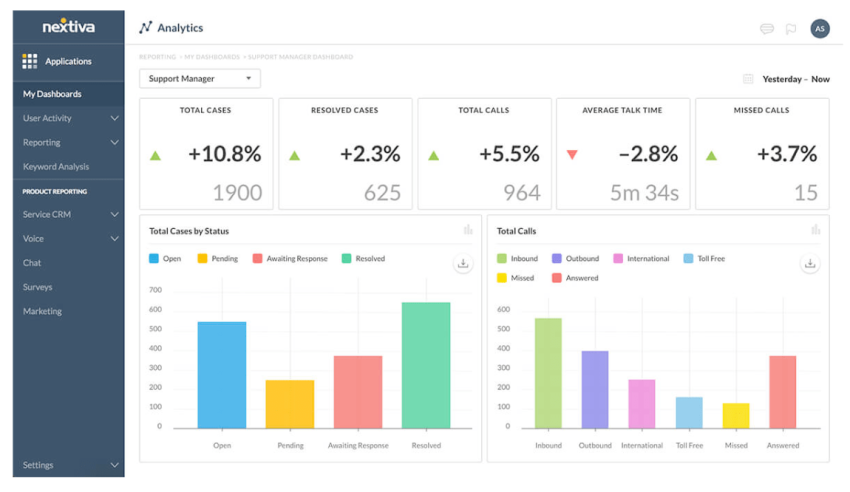
5) Use call scripts as a guide
The best customer service teams are the ones that render the best customer experience. And the best customer experience makes them feel valued and confident in your product or service.
Long gone are the days of linear call flows. But the use of scripts won’t disappear entirely.
Instead of reading word-for-word from a script, review the most critical steps and create a process chart. Even a simple outline in bullet points can work well.
So, rather than 100 words to move to the next step, ask specific questions and wait for the customer to respond. After all, what happens if their answer isn’t in your script? Probably an avoidable escalation.
As a call center leader, move from scripts to a human-first customer experience. It’ll set your team apart from the rest.

6) Give information to customers on hold
During your call queues, what do you offer to your customers? Some organizations don’t offer anything at all. This means customers wait on hold listening to elevator music.
Your call center software should let you easily add messages to callers when on hold or before reaching your call distribution system.
On-hold message opportunities:
- Inform callers of the expected wait time
- Offer a call back when an agent is free
- Present self-service options like opening hours
- Route to overflow answering service
- Give the option to leave a message
- Suggest using chatbots on your website
Next-Level Customer Service Can Now Be Yours
Atlas had the world on his shoulders. You have a call center.
You’re not alone. This guide outlines the top areas to include in your call center strategy. Only you can make it fit your organization.
If there’s one takeaway, begin with a vision a few years out and work backward. What steps are necessary to get there? Fill those in, and you’ll be in a great spot to lead your contact center.
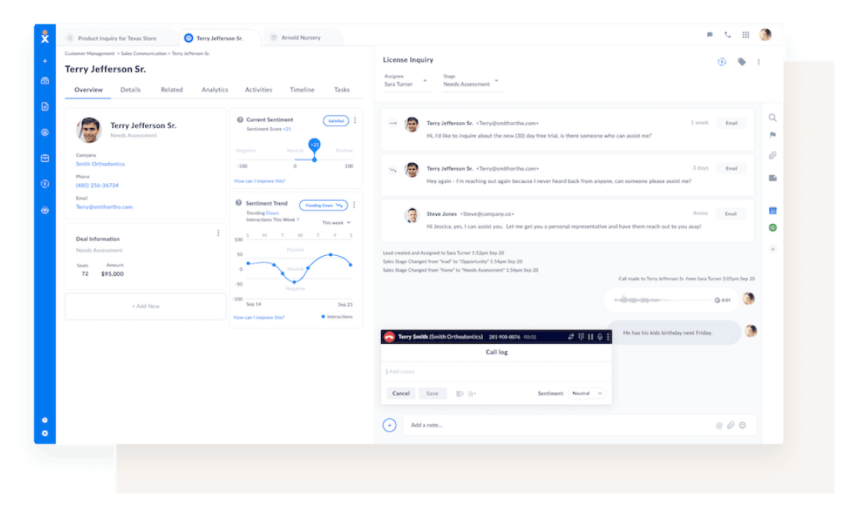
Nextiva provides robust call center solutions designed to drive effectiveness and improvements for the future of your call center.
As your team scales and technology progresses, you benefit from a future-proof contact center and an evolving call center strategy.
The best part is you won’t have to figure it out by yourself. We have the expertise to help you shine for your customers and the C-suite.
Get a cloud contact center solution from Nextiva.
IVR, call recording, VoIP numbers, call routing, advanced reporting–integrated in ONE cloud platform.

















 Customer Experience
Customer Experience 










